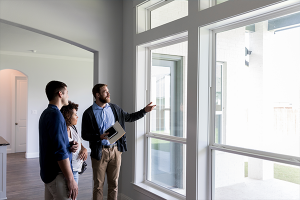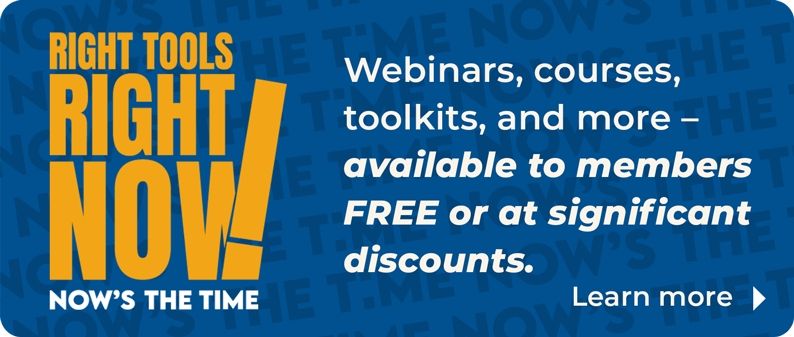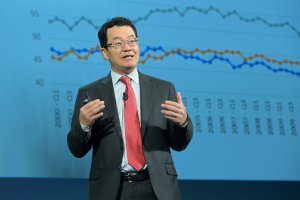Oviedo, FL, exudes a small-town charm with its historic downtown complete with free-roaming chickens, a farmer’s market, and outdoor amenities. On top of that, it’s located about 40 miles from both Daytona Beach and Disney World. That’s why Oviedo frequently lands on the lists of most livable cities in America.
But that popularity has resulted in some serious growing pains. Oviedo Mayor Megan Sladek says the city’s comprehensive plan adopted in 2010 didn’t anticipate the current rate of growth. “It wasn’t feasible to tinker with the one we had. We needed a completely new plan. We needed a different vison to handle growth and development.”
To better understand some of the economic challenges associated with the city’s projected growth, Oviedo turned to Urban3, an Asheville, N.C.-based firm that specializes in land value economics, property and retail tax analysis and community design. Urban3 looked at current and projected municipal costs versus tax revenue and the results were a gut punch to city officials and the community.
“We’re a city of 16 square miles with 119 linear miles of roads,” Mayor Sladek explains “We learned that we were only collecting 30 percent in taxes towards the cost of long-term road maintenance. After Urban3 did its presentation, the city council was shell shocked.”
Candy Cole, executive director of the Orlando Area Association of REALTORS® Foundation (OAAR) seconded that initial reaction. “Everybody lost their bacon. To be told you need more density and revenue was not something anyone wanted to hear.”
The reality was clear — greater density or a big jump in taxes. On top of that, Florida state law mandates that cities create density plans to address growth. “Not changing is not a choice,” explains Mayor Sladek. But the city’s contract with Urban3 had concluded with the initial presentation to city officials. That’s when Mayor Sladek turned to OAAR which utilized NAR’s Mega Board Community Outreach Grant Program to bring Urban3 back to Oviedo to help educate the public.
“REALTORS® are incredible community connectors and they are a great resource to educate the community,” Cole says.
Community Education Overcomes Initial Opposition
Numbers don’t lie and Mayor Sladek says it was beneficial to have a local nonprofit like OAAR and a reputable firm like Urban3 “leading the charge on objective data analysis.” City officials realized that the importance of objectivity meant the city probably shouldn’t host the community education event. Instead, a local church was selected as the site. The invitation was extended to the public and Urban3 reached out to vocal skeptics to ensure they attended as well. And on a night in February 2022, about 200 residents gathered to learn about the consequences of growth and the need for greater density. Initially, attendees were angry and incredulous, “At first jaws dropped. People were surprised by what was said,” Mayor Sladek says. “But then they were saying, ‘now that I know, I’m not angry and appreciate getting the information.’”
“Once people got past their emotions and could see the logic, they could see the data and make a decision that benefits everyone,” Cole agrees. “For the most part, things were constructive and they left with a clearer idea of what the issue was. It was a great way for people to understand the situation and the real picture.”
Mayor Sladek said the break-through moment was when the community understood the cost of road maintenance compared to existing tax revenues. They began to understand that the only path to sustainability and tax management is through greater density. It became clear that building more multifamily units will actually preserve residents’ quality of life. But Mayor Sladek said it also became obvious that a ‘sacred cow’ needed to be addressed. Residents were vocally opposed to any consideration of developing a 40-acre tract of land located in the middle of town and adjacent to a number of single-family neighborhoods. So other potential parcels were identified for possible development and the public was satisfied.
By the time the comprehensive plan had its final adoption vote, there was no opposition. The city is now using the newly adopted comprehensive plan as a guide as it considers its land development code and creation of a mobility plan. Mayor Sladek admits the mobility plan has been met with some skepticism because it recommends greater walkability rather than more roads. But the comprehensive plan process has taught residents to accept the math and that perhaps bike paths and sidewalks are a better alternative to higher taxes.
“The community meeting allowed the public to be included and heard. And that’s what they really wanted,” Mayor Sladek says. “And we realized if we do it right, we can fix some of our long-term budget issues.”















